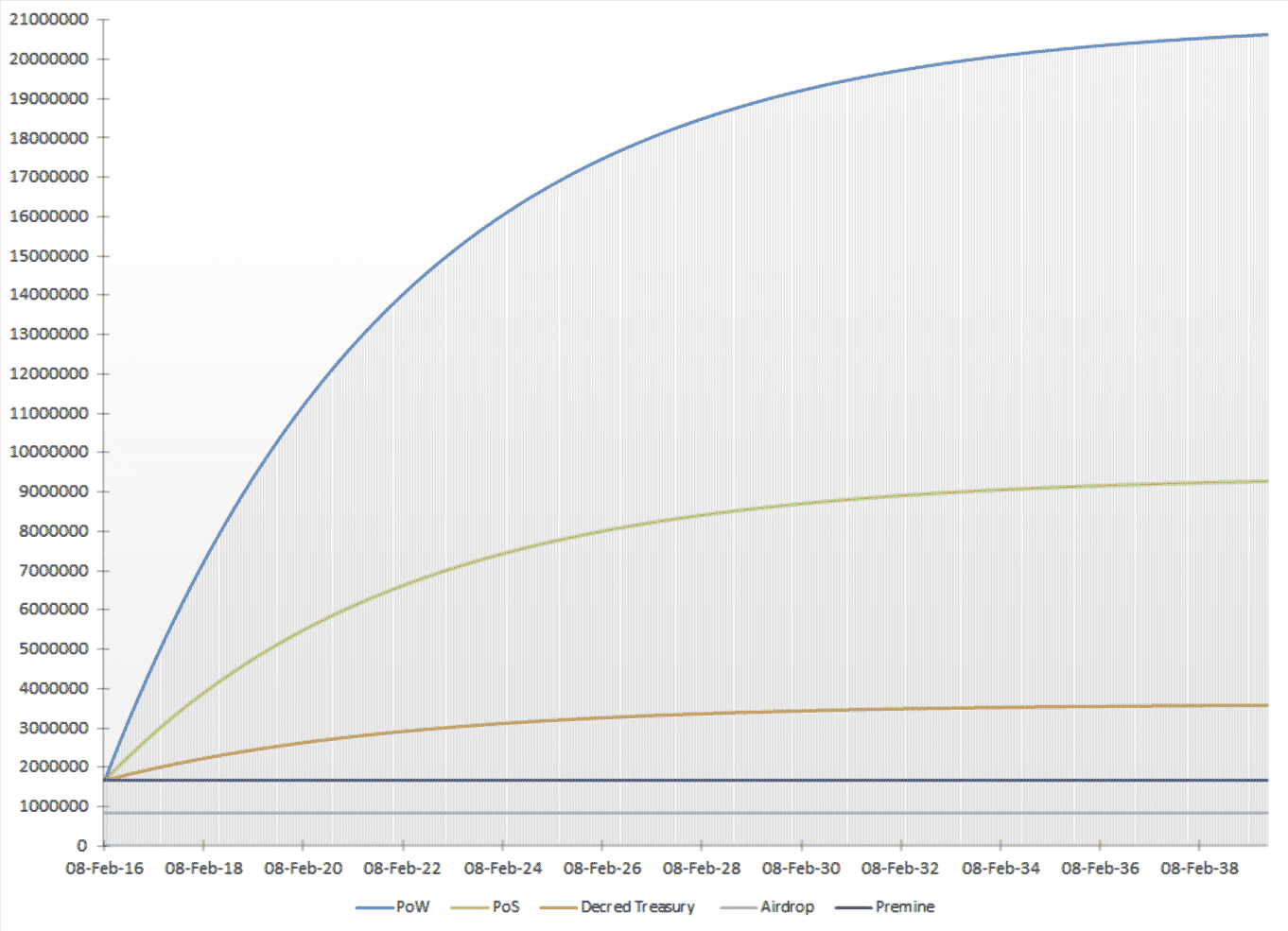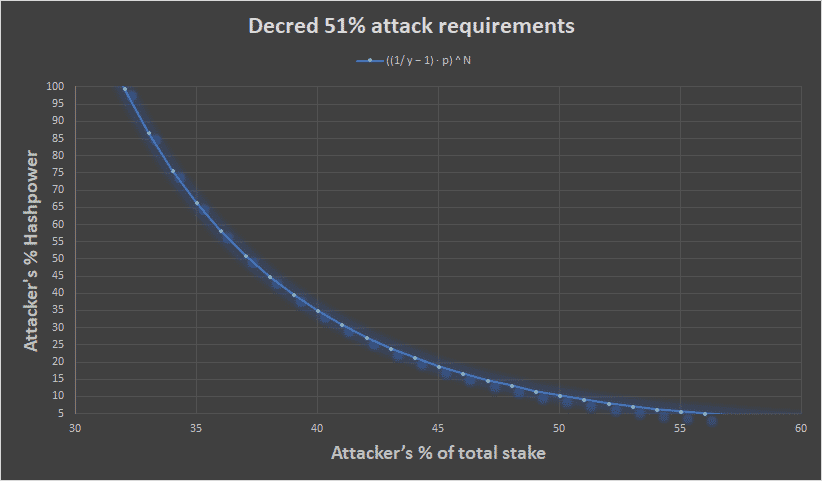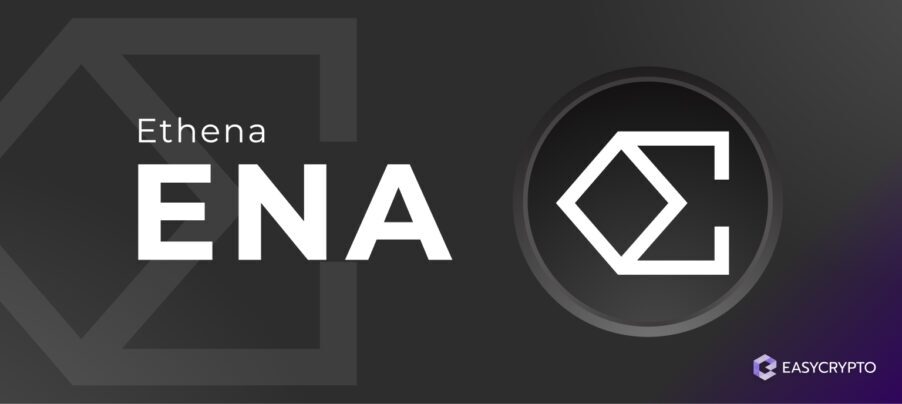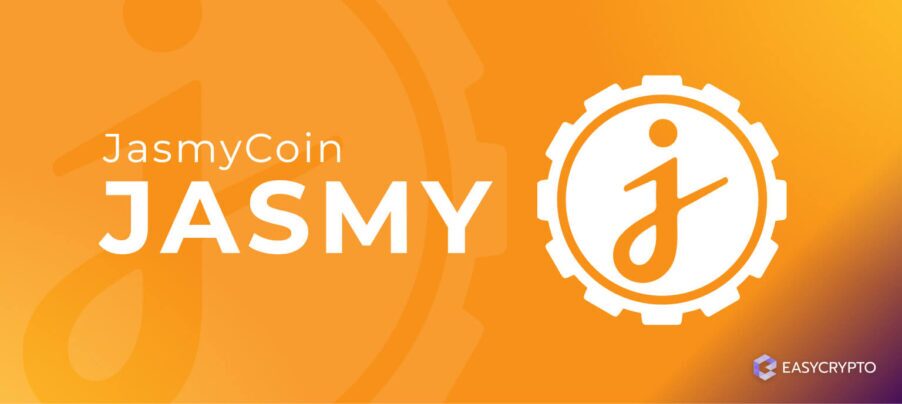What is Decred (DCR)? The Hybrid Consensus Blockchain
Decred offers crypto holders an alternative to Bitcoin. It’s as secure as Bitcoin, but allows forkless governance to make it adaptable and flexible.


A blockchain network relies on all nodes (data maintainers) to agree on the same version of the blockchain database. While this keeps the network decentralised and censor-resistant, when disagreements take place, a blockchain fork can occur if left unchecked.
On Bitcoin, miners do most of the work securing the network, through the Proof of Work (PoW) protocol. This inadvertently gives them disproportionate influence over the development of the network.
Miners have been central to Bitcoin’s upgrades that, along the way, Bitcoin forks took place where disagreements occurred. There’s even a subway-style historical map of Bitcoin forks.
In 2016, Decred offered digital currency holders an alternative. Decred’s DCR coins are backed by Bitcoin’s security protocol coupled with an innovative Proof of Stake (PoS) protocol to form a hybrid consensus protocol blockchain.
Be sure to read our guide on Proof of Work and Proof of Stake.
What is Decred (DCR)?
Decred’s value proposition is to become a more reliable store of value than Bitcoin. The network’s current function is to transfer value in a decentralised way, similar to Bitcoin.
Decred inherits some of Bitcoin’s codebase to keep its legacy security protocol — the Nakamoto consensus protocol which relies on miners to create immutable blocks through Proof of Work (PoW).
However, recognising that pure PoW networks have an inherent weakness against colluding miners (technically called a 51% attack), Decred’s developers enables Proof of Stake (PoS) protocol to run alongside PoW.
In Decred’s PoS, coin holders can participate in validating blocks and securing the network by “locking up” an amount of DCR in the form of voting tickets.
The consensus protocol will pick five random tickets to participate in block production. If three out of five ticket holders accept the proposed block, both the miner and the stakers receive the block reward.

The same voting mechanism is also used in Decred’s decentralised governance system. Voters can accept or reject proposed changes. If the proposal receives a majority vote, development funds from the Treasury can be allocated to support the developers in charge of the changes.
Although Decred inherits some of Bitcoin’s code, it is a standalone cryptocurrency — not a Bitcoin fork. Decred is akin to Litecoin in this regard, where the developers took Bitcoin’s open source code and made changes to it freely.
Company 0 was the developer company for Decred, who started the work in February 2014. The company released the Decret mainnet in February 2016. Since then, Company 0 has no influence on the network nor the blockchain.
What is Bitcoin? Read our guide to get started.
What is the DCR token?
DCR is Decred’s native cryptocurrency, where each unit is known as a decred. The name is a portmanteau of “decentralised credit”. One unit of decred is divisible by up to one hundred millionth parts — the smallest ownable fraction of decred is known as an atom.
Much like Bitcoin, the supply of DCR is capped at 21 million units. It has a gradually reduced issuance schedule (more in detail below). DCR can only be mined, and there was no initial coin offering for DCR.
However, to compensate for developers of Company 0, at the mainnet launch, a small premine was conducted to collect 8% of the total supply of DCR. Specifically, 50% of the premined DCR was distributed to Company 0 while the rest were airdropped to some early adopters.
Learn more: Beginners Guide to Crypto Airdrops
Premining in itself is not a bad idea, so long as the premine was recorded by the blockchain. The first and only miner when Bitcoin was launched had likely been Nakamoto themselves, earning 50 BTC per block for the first few months in operation.
Tokenomics of DCR
The distribution of DCR coins are accurately recorded in Decred’s block explorer. At the time of writing, 743,339 DCR are kept in the Treasury. The Treasury earns 10% of DCR from the block rewards, and can only be unlocked through the governance system.
Block miners get 60% of the rewards to compensate for power and equipment. DCR stakers get a generous 30% of the total block rewards for assuming short-term risks of locking up DCR.

Since 8 February 2016, starting at the genesis block, 55% of the coin supply has been mined. At the time of writing, the block reward is given by 6.989 DCR (which is a 22% reduction from the initial 31.195 DCR per block).
Just like Bitcoin, the block reward gets halved every four years. However, this is done gradually at an interval of 21-22 days. Specifically, the block reward gets reduced by 0.99% (100/101) — this translates to around 84% reduction in one year, and 71% in two years.
For more details, you can read Decred’s documentation on coin issuance.
Why Decred takes on a hybrid approach
The developers of Decred have discovered that purely Proof of Work or purely Proof of Stake systems have their own unique weaknesses. Interestingly, when combined together, instead of inheriting the weaknesses of the two systems, both systems complement one another.
The result is a system that is resistant against attacks that only Proof of Work or Proof of Stake systems would suffer from. Let’s take a look at some examples of how Decred can fend off attacks.
Proof of Work — 51% attack
In a purely Proof of Work system, miners are in charge of securing the network using computational resources and electricity. Throughout the years, Bitcoin sees the establishment of mining farms and pools that contribute massive numbers of hash power (computational resources).
Currently the highest hashrate share belongs to US-based Bitcoin farm Foundry (16.94%). It would take the combined power of the top four mining farms to malevolently influence Bitcoin’s network.
So far, blatant collusion attacks like this have never happened, but we cannot ignore the fact that disagreements among miners has resulted in the creation of many Bitcoin forks, most notably Bitcoin Cash (BCH) and Bitcoin Satoshi’s Vision (BSV).
Fortunately, 51% attacks can be well fended off if the prerequisite to block production is to own some DCR at stake. Not many people can own mining machines, but hundreds of DCR coin holders can join forces to balance the influence of miners. Hence, Proof of Stake is required in Decred.
Proof of Stake — Nothing at Stake
On the other hand, purely Proof of Stake systems can suffer what’s known as ‘nothing at stake’ or even a similar 51% attack due to the ‘rich getting richer’ phenomenon. Some networks that apply a purely Proof of Stake allows any stakeholder to propose a block.
The danger is that block producers can produce multiple blocks at no cost (unlike mining in PoW). Many Proof of Stake networks don’t use pure PoS for this reason.
Cardano uses the Ouroboros Proof of Stake (based on randomly chosen slot leaders) and Ethereum 2.0 uses slashing (punishment) for misconduct.
Decred simply uses Proof of Work’s machine-based power-at-stake mechanism to ensure that even rich stakers can’t take over the network by pure wealth alone.
How secure is Decred’s hybrid consensus protocol?
A crypto trader and analyst by the name of Byzantine General (@ByzGeneral on Twitter) published an article that estimates the total cost of a majority attack (51% attack) on Bitcoin versus Decred.
Using variables like cost per hash power and the coin price (for Proof of Stake), he was able to calculate that for the same amount of hash power, it would be 22 times more expensive to attack Decred than to attack Bitcoin.

Of course, in reality, Bitcoin’s long-standing position as the first cryptocurrency grants it the ultimate immutability given the hash power available today. However, what the author has implied is that given enough time, Decred’s network may one day surpass Bitcoin’s in terms of security.
With hash power alone, an attacker can’t game the system. For example, for every block proposed, there are 5 stakeholders in charge to judge whether the block is valid or not.
If the block is empty, for example, the stakeholders can all reject the proposed block. Consequently, the miner’s right to earn the block reward can also be revoked.
Are you bullish on Decred (DCR)?
At the time of writing, Decred does not have smart contract functionality. Its sole application is a secure digital asset that can change with the times, and grow as markets change. It offers more flexibility than Bitcoin, but as secure as the legacy network.
What’s more to ask than a digital currency which acts like Bitcoin, but has the potential to evolve faster and adapt to the needs of future societies?
If you’d like to begin investing in DCR, here’s a link to a dedicated page for the coin.
Share to
Stay curious and informed
Your info will be handled according to our Privacy Policy.
Make sure to follow our Twitter, Instagram, and YouTube channel to stay up-to-date with Easy Crypto!
Also, don’t forget to subscribe to our monthly newsletter to have the latest crypto insights, news, and updates delivered to our inbox.
Disclaimer: Information is current as at the date of publication. This is general information only and is not intended to be advice. Crypto is volatile, carries risk and the value can go up and down. Past performance is not an indicator of future returns. Please do your own research.
Last updated October 10, 2024





